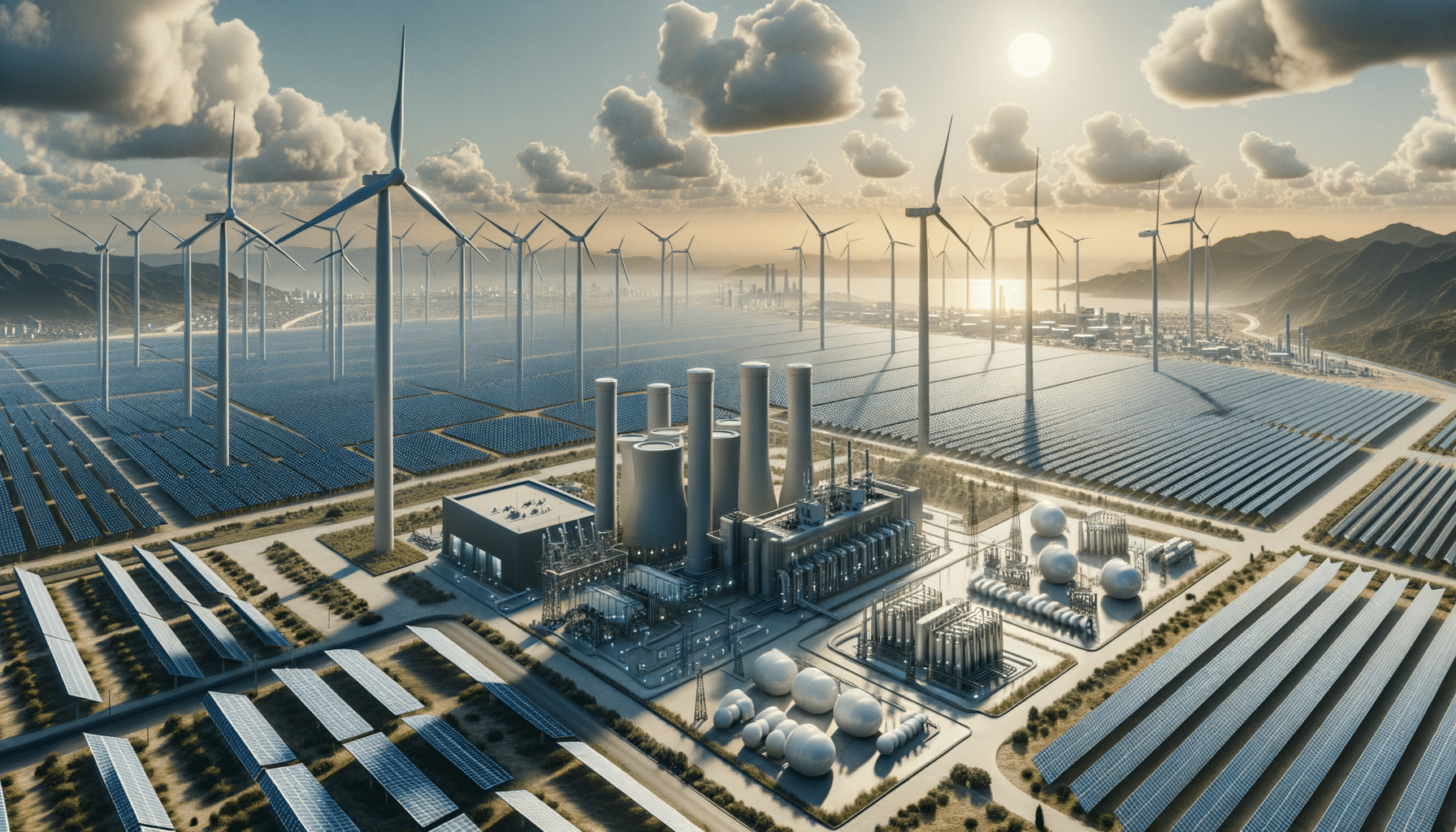
Strategies for Deep Decarbonization: Pathways to a Sustainable Future
Introduction to Deep Decarbonization
As the world grapples with the effects of climate change, deep decarbonization emerges as a critical strategy to mitigate its impacts. This approach involves reducing greenhouse gas emissions to near-zero levels by mid-century, a goal that aligns with international climate agreements. The integration of renewable energy sources and the deployment of carbon capture and storage technologies are pivotal in achieving these ambitious targets.
Integrating Renewable Energy Sources
Renewable energy sources such as solar, wind, and hydropower play a crucial role in deep decarbonization. These sources offer a sustainable alternative to fossil fuels, significantly reducing carbon emissions. The transition to renewables involves several key steps:
- Expanding infrastructure to support renewable energy generation and distribution.
- Investing in technology to improve the efficiency and storage capabilities of renewable energy systems.
- Implementing policies that incentivize the adoption of clean energy technologies.
Countries around the world are increasingly adopting renewable energy to meet their energy needs. For instance, many nations have set ambitious targets to increase the share of renewables in their energy mix, reflecting a commitment to sustainable development. By integrating renewable energy sources, we can effectively reduce our carbon footprint and make strides towards a decarbonized future.
The Role of Carbon Capture and Storage Technologies
Carbon capture and storage (CCS) technologies are essential in the quest for deep decarbonization. These technologies capture carbon dioxide emissions from industrial processes and power plants, preventing them from entering the atmosphere. The captured carbon is then transported and stored underground in geological formations.
CCS technologies offer several benefits:
- They enable continued use of fossil fuels while minimizing emissions.
- They provide a solution for industries where emissions are difficult to eliminate.
- They can be integrated with bioenergy to achieve negative emissions.
Despite their potential, CCS technologies face challenges such as high costs and the need for extensive infrastructure. However, ongoing research and development are making these technologies more viable, offering a promising pathway to achieving deep decarbonization.
Challenges and Opportunities in Deep Decarbonization
While the integration of renewable energy and CCS technologies presents significant opportunities for deep decarbonization, several challenges remain. These include:
- Financial constraints and the need for substantial investment in clean energy infrastructure.
- Technical hurdles related to energy storage and grid integration.
- Policy and regulatory barriers that hinder the adoption of clean technologies.
Despite these challenges, the transition to a low-carbon economy offers numerous benefits, including job creation, energy security, and improved public health. By addressing these challenges through innovation and collaboration, we can unlock the full potential of deep decarbonization.
Conclusion: A Sustainable Path Forward
Deep decarbonization is a critical strategy for addressing climate change and ensuring a sustainable future. By integrating renewable energy sources and deploying carbon capture and storage technologies, we can significantly reduce greenhouse gas emissions. While challenges remain, the opportunities for innovation and progress are vast. As we move forward, it is essential to foster collaboration among governments, industries, and communities to achieve our decarbonization goals and create a cleaner, more sustainable world for future generations.


